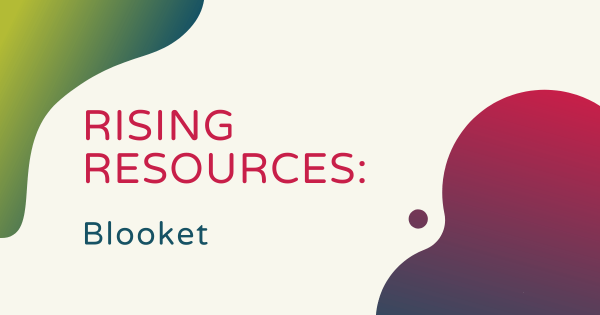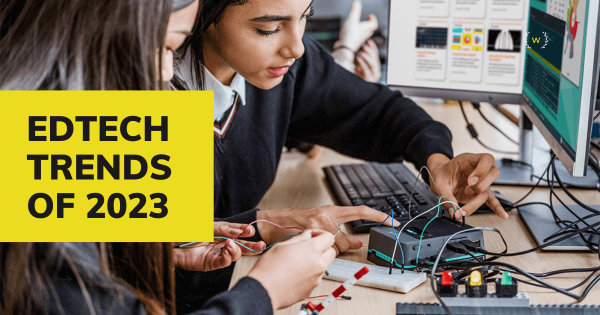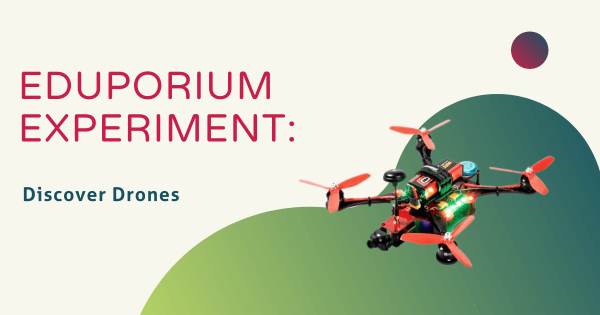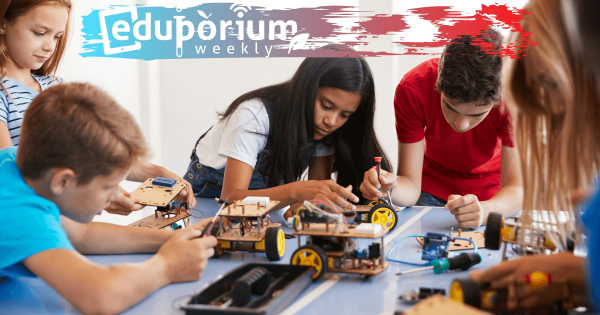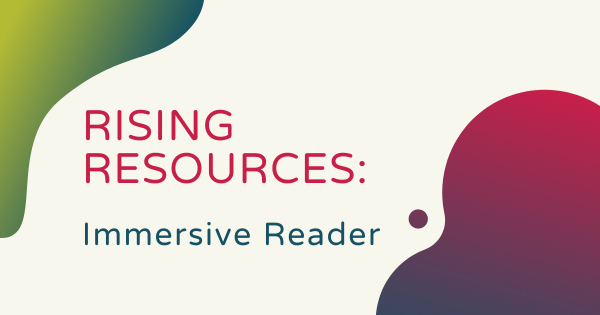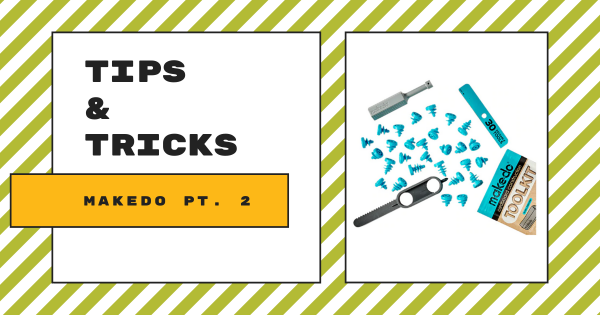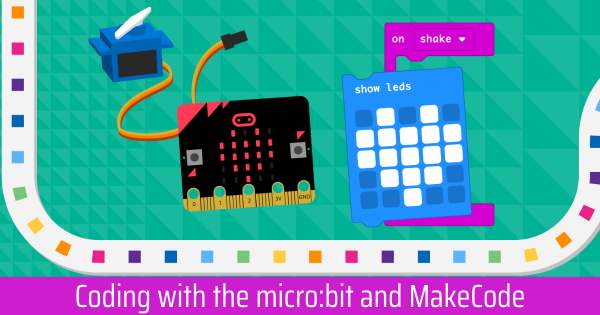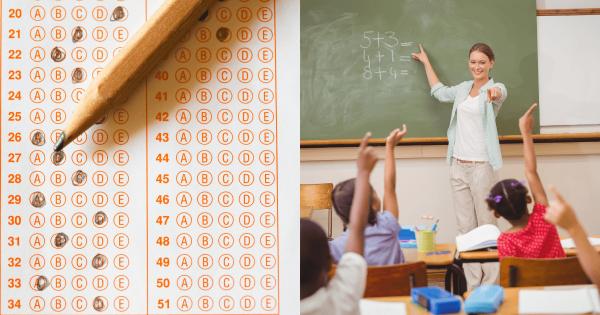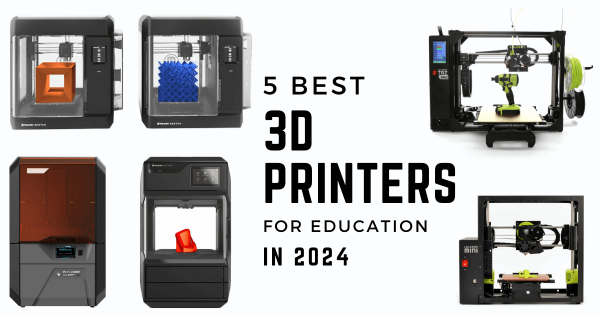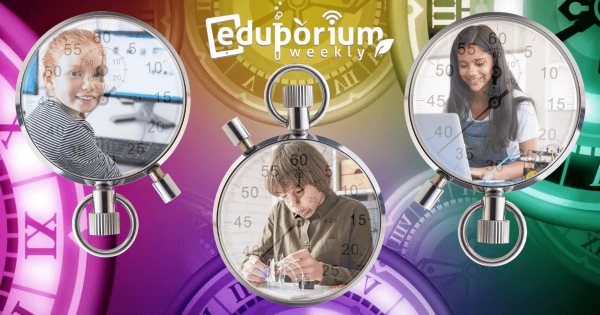With the Blooket online review game, classroom teachers can transform an assessment with simple academic challenges, and help boost retention for students in any educational environment. Blooket also helps enhance their engagement and empowers K-5 instructors to facilitate authentic learning experiences in the classroom. So, this week, we’re telling you all about it.
Search results for '6 top'
-
2023 In Review: EdTech Trends We Tuned Into
The year 2023 is over, but those educational movements that shaped it will continue to impact students in 2024—and beyond. Advances across many key areas, like artificial intelligence, stood out among big EdTech trends for 2023, while personalized learning, cybersecurity, and teacher burnout were also big, and drones, 3D printers, and VR came more into focus. -
Eduporium Experiment | The Discover Drones Premium Kits
Their two equally valuable Premium Kits are both key cogs for the Discover Drones STEAM line. They are simply referred to as the 7-pack and 10-pack and every bundle has the same drones that we’ve seen in other editions of the Discover Drones kits. What makes these ones unique, however, is that they’re catered directly to middle, high school, and -
Eduporium Weekly | Scaling Your Afterschool STEM Programs
Education in 21st century schools, especially when educational technology plays a role, is very much aligned with progress, growth, and the scaling of programs. Now that the summer is here, it seems appropriate to talk about some of the programs that students take part in outside of their structured school activities, including various afterschool programs and fun clubs. -
Rising Resources | The Immersive Reader Tool From Microsoft
Since Microsoft is, of course, one of the worldwide leaders in cutting-edge technology, it should come as no surprise that they also have technologies designed for younger children to use in the classroom. Near the top of that list is this Immersive Reader tool, which helps make written, digital content more accessible for all kids and simultaneously boosts their grasp -
Tips & Tricks | The MakeDo STEM And Construction Kits
The simplistic MakeDo construction system is loved by many and it serves as a super valuable STEAM tool in and out of the classroom. It’s essentially a collection of replica construction tools, like screws, screwdrivers, and the saw, that kids can use for building with cardboard. They’re totally reusable, too, which helps kids learn the importance of repurposing and upcycling. -
Coding With The micro:bit And MakeCode Platform
When exploring the wide scope of ready-made micro:bit projects, kids can incorporate its assorted built-in features, like the microphone or a speaker, while developing valuable programming and computer science skills using the MakeCode editor. Speaking of the graphical MakeCode platform, if the environment is new to you, it works with plenty of other STEAM tools, too. -
Eduporium Weekly | Trying Out A Gradeless Classroom
Every student receives grades and uses them to determine if they did well enough on an assignment, for the quarter, or to move on to the next grade. Of course, this can also create some pressure on students and sometimes lead to shortcomings in their performance. Plus, a letter grade isn’t always indicative of whether or not a student has -
5 Best 3D Printers For Education In 2024
When it comes to crafting the perfect makerspace experiences, educators can try incorporating a wide variety of hands-on STEAM activities. To truly maximize student engagement and empower them all to feel like authentic problem solvers, however, 3D printing is an awesome option and these are some of the best educational 3D printers for K–12 school STEM programs. -
Eduporium Weekly | Some Of The Logistics Of Self-Paced Learning
Self-paced learning is a form of differentiated instruction that teachers can integrate into learning experiences. In self-paced learning, teachers can let their students decide how many lessons they need and how much practice constitutes them mastering something. There are also various instructional techniques you could use and many potentially positive outcomes for kids.



